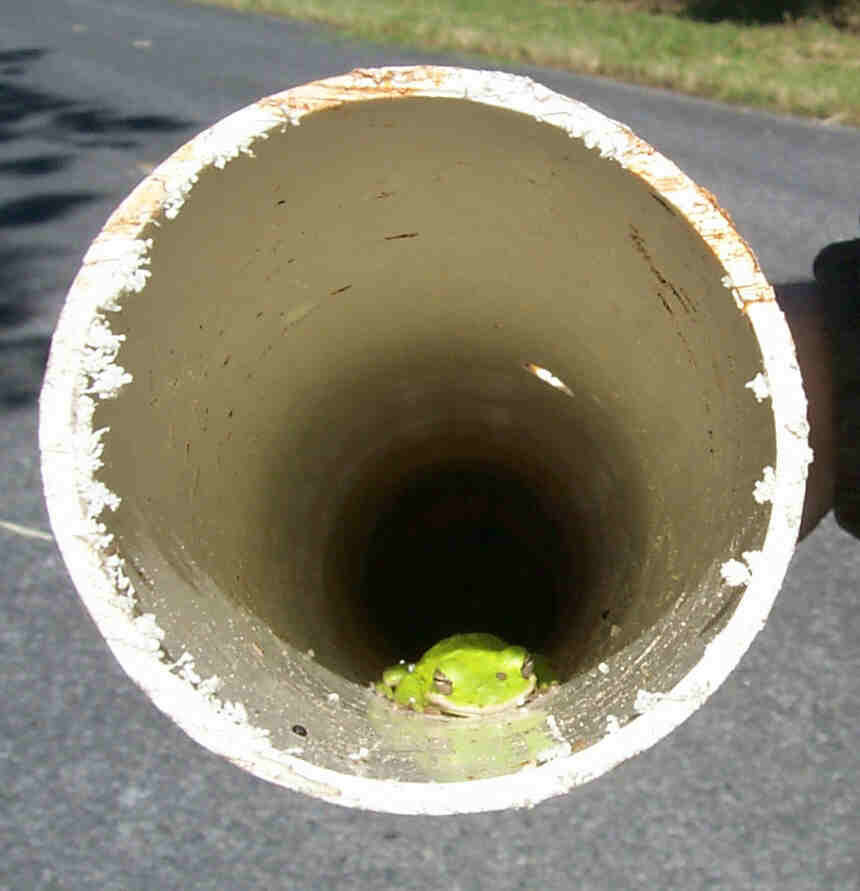Recovery of native treefrogs after removal of nonindigenous Cuban treefrogs, Osteopilus septentrionalis
Abstract/Summary
Florida is home to several introduced animal species, especially in the southern portion of the state. Most introduced species are restricted to the urban and suburban areas along the coasts, but some species, like the Cuban Treefrog (Osteopilus septentrionalis), are locally abundant in natural protected areas. Although Cuban Treefrogs are known predators of native treefrog species as both adults and larvae, no study has demonstrated a negative effect of Cuban Treefrogs on native treefrog survival, abundance, or occupancy rate. We monitored survival, capture probability, abundance, and proportion of sites occupied by Cuban Treefrogs and two native species, Green Treefrogs (Hyla cinerea) and Squirrel Treefrogs (Hyla squirella), at four sites in Everglades National Park in southern Florida with the use of capture–mark–recapture techniques. After at least 5 mo of monitoring all species at each site we began removing every Cuban Treefrog captured. We continued to estimate survival, abundance, and occupancy rates of native treefrogs for 1 yr after the commencement of Cuban Treefrog removal. Mark–recapture models that included the effect of Cuban Treefrog removal on native treefrog survival did not have considerable Akaike’s Information Criterion (AIC) weight, although capture rates of native species were generally very low prior to Cuban Treefrog removal. Estimated abundance of native treefrogs did increase after commencement of Cuban Treefrog removal, but also varied with the season of the year. The best models of native treefrog occupancy included a Cuban Treefrog removal effect at sites with high initial densities of Cuban Treefrogs. This study demonstrates that an introduced predator can have population-level effects on similar native species.
Publication details
| Published Date: | 2011 |
| Outlet/Publisher: | Herpetologica 67: 105-117 |
| Media Format: |
ARMI Organizational Units:
Southeast - BiologySouth Central - Biology
Topics:
Invasive SpeciesManagement
Species and their Ecology
Place Names:
Everglades National ParkFlorida
Keywords:
amphibiansecology
introduced species
management
mark-recapture
occupancy
survival

